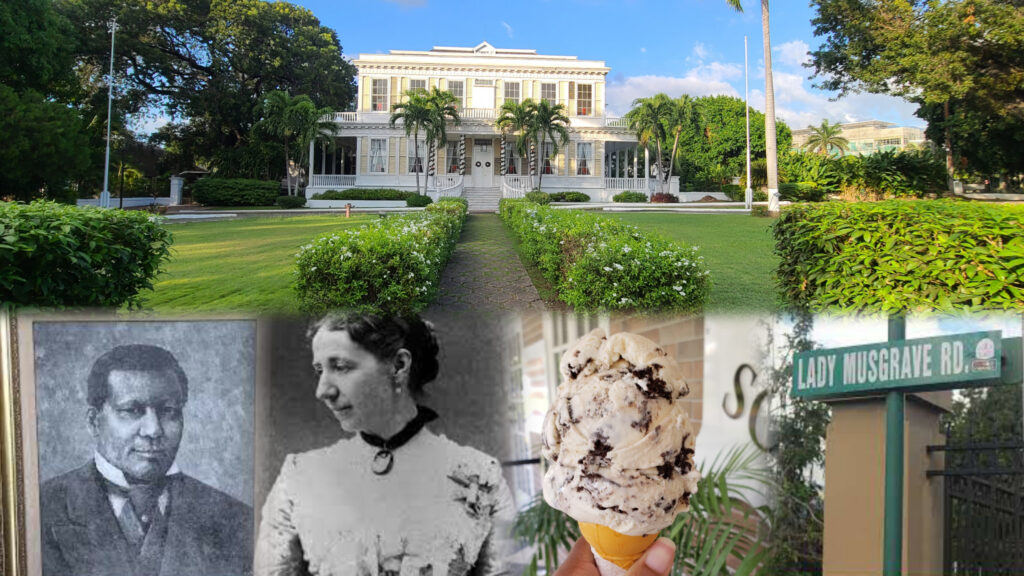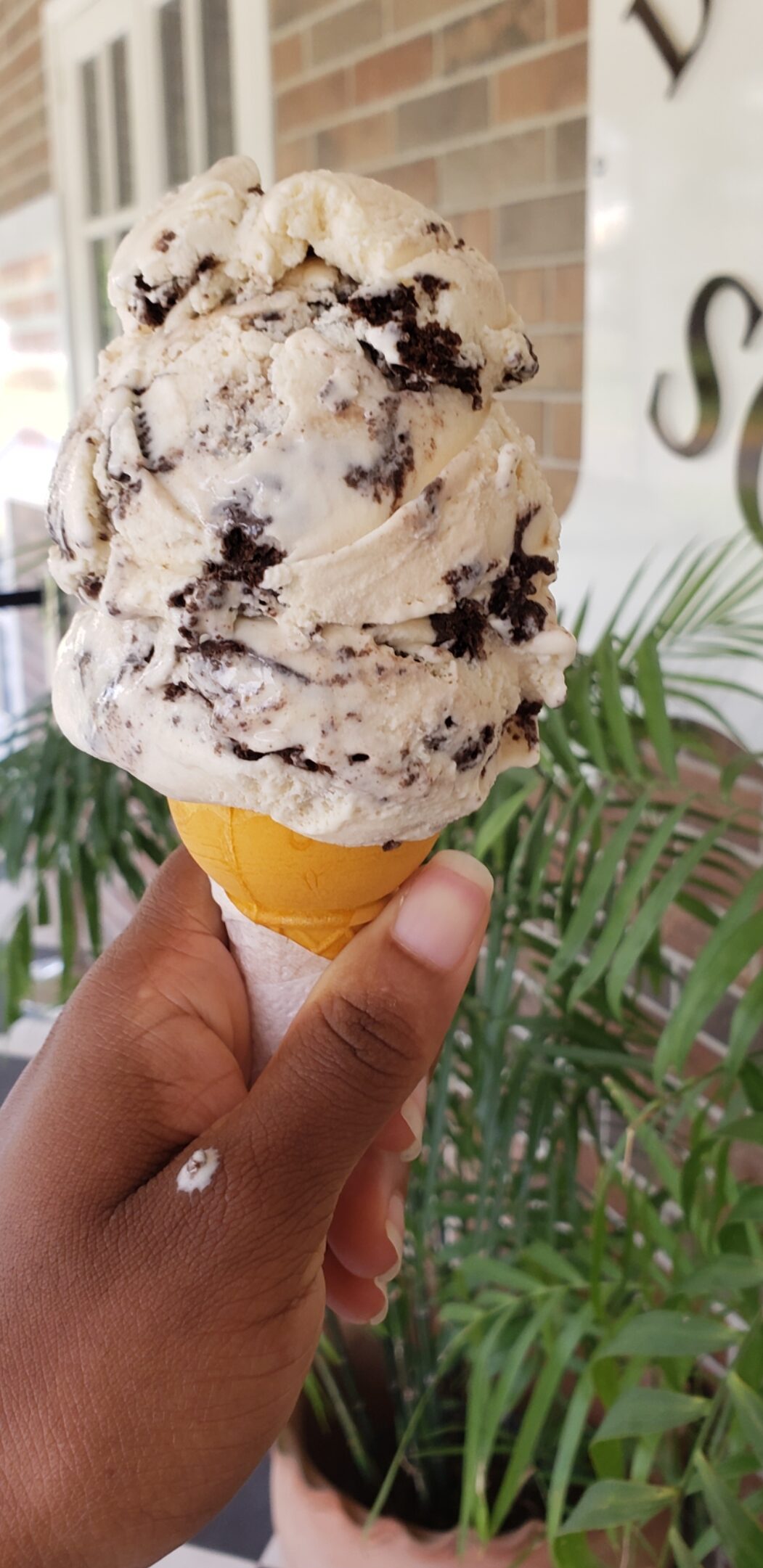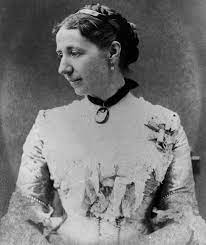
Jamaica has some interesting history and one such is the urban legend about Lady Musgrave Road, found in the Kingston Metropolitan area. Many Jamaicans will quickly recall the tale of why the road was built and how Lady Musgrave was offended by Jamaica’s first black Millionaire. A lot of what happened in Jamaica centuries and decades prior were not officially documented so oral history has immense value. But whatever the tongue states, the tongue can also twist especially when it is passed down from generation to generation.
We looked into it and would love to share what we found with you. Before we do so though, you first need to understand who George Stiebel and Lady Musgrave are, the main characters in today’s article.

Let’s start with George Stiebel, known as Jamaica’s first black Millionaire
Before we get into George’s story, this is something we want you to remember. Slavery wasn’t abolished until 1838, meaning Emancipation and apprenticeship came into effect in 1834 and full freedom was granted in 1838. Now with that said, let’s begin.
George Stiebel, born around 1821 Born to Sigismund Stiebel, a German Jewish trader, and Eliza Catherine Bailey, of African descent. Now not much is known of George’s mother, most reports said she was a slave. One theorized she was a Maroon. More is known and mentioned about George’s father who apparently did not disown him. George's early life was marked by modesty. He left school at 14 and worked various jobs, eventually venturing into sea transport between North and South America with the capital provided by his father.
In the late 1840s, Stiebel transitioned to the arms trade in Cuba, leading to a period of imprisonment. However, his fortunes changed dramatically when he allegedly discovered a gold mine in South America, which yielded immense wealth. With his newfound riches, Stiebel acquired vast and many properties in Jamaica, including sugar plantations and a wharf. He capitalized on the expiration of the Church of England's ownership of Devon Penn in Kingston, where he built the grand Devon House in 1881, now a prominent landmark in the city which we now know as Devon House.Stiebel was one of the three wealthy Jamaicans built elaborate homes at the corner of Trafalgar Road and Hope Road in the late 19th century. This spot became known as Millionaire’s Corner.
Devon House, Stiebel's mansion, is a beautiful mix of Caribbean and Georgian architecture. Inside, it's filled with a carefully chosen collection of Jamaican, English, and French antiques. Outside, it overlooks lush, green lawns. Stiebel's legacy lives on through Devon House, which was declared a national monument in 1990 under the direction of the Rt. Hon. Edward Seaga, who was then the Minister of Development and Welfare and later became Prime Minister of Jamaica.

Today, Devon House has transformed from being the home of Jamaica’s first black millionaire, George Stiebel, to being a symbol of fun, family entertainment, and recreation in Kingston. Visitors can enjoy tours, shopping, dining, and relaxation at this historic site.You can see a statue of him at renovated grounds at Devon House.

Despite his success, Stiebel faced personal tragedies, including the deaths of his grandson and son-in-law. He passed away in 1896 at Devon House, leaving behind a legacy of entrepreneurship and wealth that endured through generations. It is important to note that research shows George Stiebel, as a self-made entrepreneur in 19th century Jamaica, believed in educating black people, even when only white or mixed-race children could go to school. He often welcomed government officials, like the Governor General, to his patio at Devon House for breakfast. Stiebel also served as Custos of St. Andrew. He helped fund the Great Exhibition of 1891, aiming to boost tourism on the island. Because of Stiebel’s dedication, black boys and girls got educational chances they wouldn't have had otherwise.
We are giving you the summarized version of George Stiebel but there’s much more to his story which we may cover in a later video.

Now who’s Lady Musgrave?
Lady Lucinda Musgrave, born Jeanie Lucinda Field in the US in 1833, was said to be a passionate advocate for women’s charitable projects across British colonies and in Britain itself, as well as a staunch supporter of conservative politics and the anti-suffrage movement.
In 1870, she married Anthony Musgrave, then serving as the Governor of British Colu
]mbia, linking her life to the colonial era. Their union marked the beginning of Lady Musgrave's nearly two-decade-long journey across various British colonies.
In 1877, she came to Jamaica,, where her husband assumed the role of Governor, Lady Musgrave’s philanthropic spirit flourished. During her time there, she founded the Lady Musgrave Women’s Self-help Society. This group was established in 1879 “for the instruction of poor women of the better class in various kinds of ornamental and fancy work, with a view to the sale of such work in the US and elsewhere”. If the women didn't know how to do these crafts, they could join free classes for six months to learn. They could also sell the things they made through the group and keep the money they earned.
Lady Musgrave's departure from Jamaica in 1883 was met with heartfelt sentiments from members of the society she had impacted.
So Lady Musgrave came to Jamaica in 1877 and left in 1883. Devon House was said to be built in 1881 and Lady Musgrave road in early 1800s. It is very possible that the urban legend has some truth to it based on the time period and area.
Now, let’s recall the story of why Lady Musgrave Road was built and what that has to do with George Stiebel. As many state,
In the early 1880s, Governor Anthony Musgrave's wife used to travel downtown from King's House via Hope Road. But then George Stiebel, Jamaica's first black millionaire, built Devon House right along Hope Road. Lady Musgrave wasn't happy about it. She felt uncomfortable passing by a house built by a black man. So, she asked her husband to make a new road to avoid it.
Lady Musgrave Road was built to bypass Hope Road and Devon House because Lady Musgrave didn't want to see it. She was shocked that a black man could build such a grand house near the Governor's residence. King's House, where they lived, was the official home of the Governor of Jamaica at that time, and the main route to downtown Kingston was along Hope Road, passing Devon House.

It's believed that Lady Musgrave Road got its name because Lady Musgrave was the one who requested the new road.
That’s the general story and what is popularly believed. Research shows conflicting information, some stand behind this story while others say it is a myth. We did find something interesting though as it relates to the actual road. It is stated the road existed before the Musgraves’’ arrival. National Library of Jamaica calls the popular story of why the road was built, ‘Unconfirmed’. It is stated that there is no evidence that Lady Musgrave ordered the construction of the road to avoid seeing Stiebel’s private residence as well as no road approval records in the Jamaica Archives that indicate an order was made for the construction of the road now known as Lady Musgrave Road during Musgrave’s time on the island - 1877 to 1883.
What does exist, however, is documentation that the road now known as Lady Musgrave Road existed before the Musgraves came to Jamaica and, subsequently, before Devon House was built in 1881. One article, published in The Kingston Gleaner on Thursday, February 7, 1878, describes the road as a junction leading from Stony Hill to King’s House, which is indeed the road now known as Lady Musgrave’s Road.
Lady Musgrave Road was first mentioned in a building site announcement published in The Daily Gleaner on November 18, 1905. This indicates that the road was renamed in honor of Lady Musgrave sometime in the early 1900s. The road was likely named after her to recognize her philanthropic work during her stay in Jamaica.
So where is the story from? It was stated that an article titled “Lady Musgrave Road - Born Out of Hatred and Envy,” published in The Daily Gleaner on August 29, 1988 stated this. According to this story, Lady Musgrave was upset to see Devon House, owned by a black man, while traveling to Cross Roads. However, there's no solid evidence to support this story.
Weh you think? A lie or if a nuh suh it guh, a near tuh suh? Tell us in the comments.
